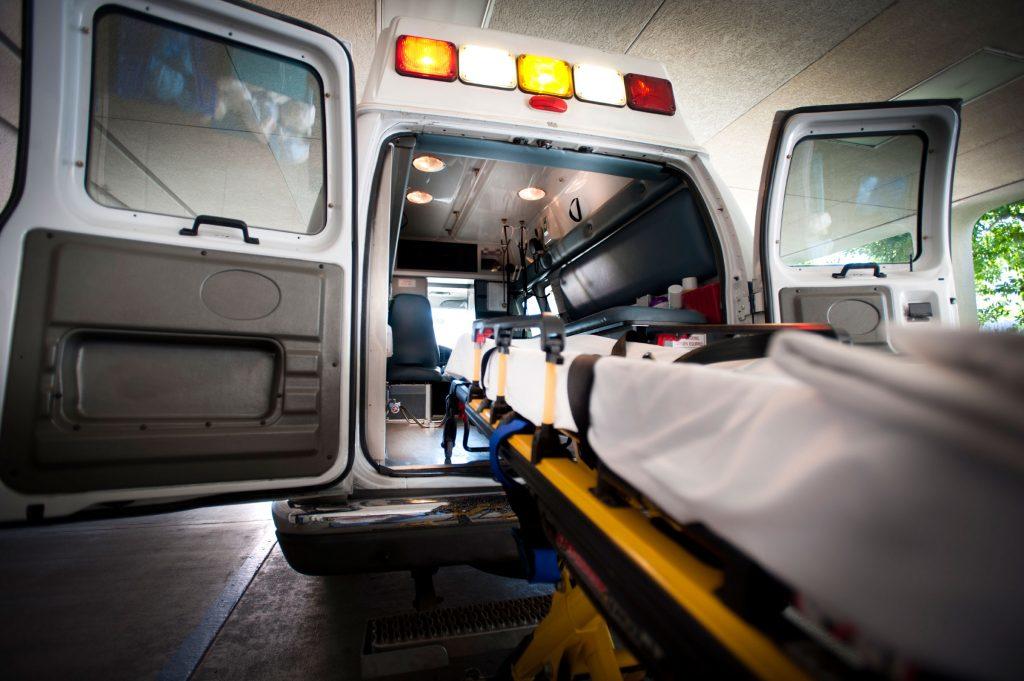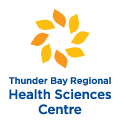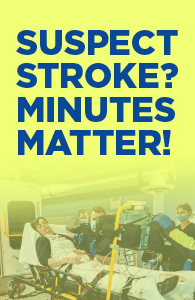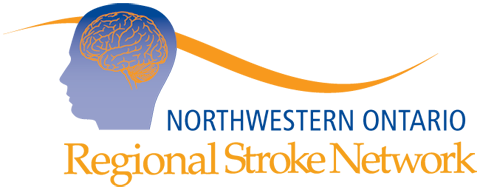Direct Transportation: Supporting rapid access to emergency stroke treatment

June is stroke month and we are highlighting our regional stroke care initiatives that support people experiencing a stroke to recognize, react, respond and recover.
The Canadian Stroke Best Practices Recommendations state “Direct transport protocols will facilitate the transport of suspected acute stroke patients who are potentially eligible for thrombolytic or endovascular therapy to the closest and most appropriate emergency department capable of providing services for the diagnosis and hyperacute treatment of stroke.”
Stroke is a medical emergency and due to great distances between designated stroke centres, The Northwestern Ontario Regional Stroke Network (NWORSN) in collaboration with many stakeholders in the region has developed direct transport protocols to ensure that residents of Northwestern Ontario (NWO) receive appropriate care in facilities that are able to offer timely acute stroke care and treatments.
In Ontario, the proportion of people who experienced a stroke that arrived to hospital by ambulance is only 69%. In Northwestern Ontario, only 49% of the population arrives at their local hospital by ambulance, much lower than the province as a whole. With the coordinated and seamless system working to help people access time-sensitive stroke care and treatment, it is very important to call 9-1-1 for a suspected stroke. Making this one call helps to ensure the best possible outcome.
In some areas of Northwestern Ontario, Emergency Medical Services (EMS) have direct transportation protocols to bring you DIRECTLY to a hospital that can provide acute stroke treatment and to bypass hospitals that do not offer the treatment. This was accomplished by the successful partnership agreements with key stakeholders. These agreements support direct transport protocols in place for Nipigon, Terrace Bay, Atikokan, Rainy River, Emo and Red Lake to facilitate the transport of suspected acute stroke patients who are potentially eligible for acute stroke therapies.
In Northwestern Ontario, 51% of our residents “walk-in” to an Emergency Department (ED) when they are experiencing stroke like symptoms. Therefore NWORSN has supported the ED staff and patients, by developing processes to ensure patients presenting to the ED with stroke like symptoms, are cared for in a timely manner.
On behalf of the many working group members, we would like to acknowledge and thank the many stakeholders that were involved in these endeavors. We look forward to continuing work with our partners to support acute stroke care best practices in Northwestern Ontario.
For more information, visit our website at www.nwostroke.ca or contact Meaghan Sharp, Director, Cardiovascular and Stroke Program, Thunder Bay Regional Health Sciences Centre at 807-684-6796 or sharpme@tbh.net.
References:
- 2014/2015 & 2015/2016 LHIN Stroke Report Cards and Progress Reports
- Canadian Stroke Best Practice Recommendations: Hyperacute 5th Edition Update June 2015
- Heart and Stroke Foundation: Access to Stroke Care: The Critical First Hours, 2015 Stroke Report






